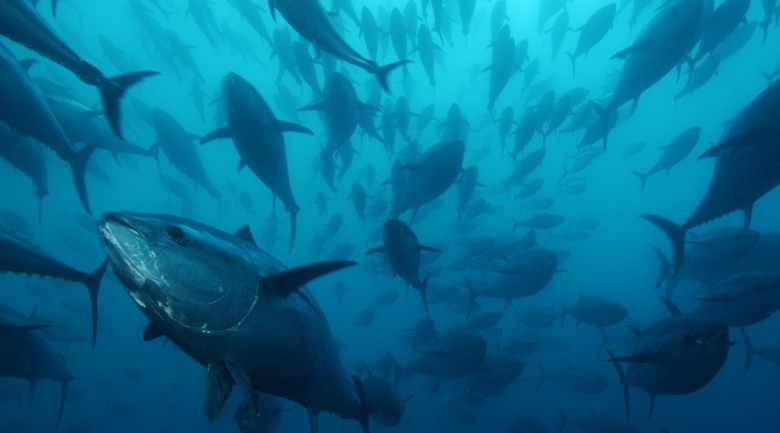
Tiny marine plants induced to grow by the iron sink to the ocean floor taking carbon with them, a German-led team reports in Nature journal.
Iron fertilisation is one of the oldest ideas for a climate "technical fix".
But much more research is needed before the approach could be put to use, the scientists say, and cutting emissions should be the priority.
There have been about 12 iron fertilisation experiments at sea down the years, stimulated by the pioneering theory of oceanographer John Martin.
In the 1980s, he proposed that in many parts of the oceans, the growth of phytoplankton – tiny marine plants, or algae – was limited by lack of iron.
Adding iron, he suggested, would enable the plants to make full use of nutrients such as nitrogen and phosphorus; and as they grew, they would absorb carbon dioxide.
This has since become the most researched of all the proposed "geoengineering" approaches – technical fixes for climate change.
Many experiments have shown that adding iron stimulates the phytoplankton to grow and absorb CO2; but whether the carbon is released again as the plants die, or through respiration of tiny animals (zooplankton) that eat them, has never been clear.
The new paper, which relates to the European Iron Fertilization Experiment (EIFEX) performed in 2004 in the Southern Ocean, is the first to give a clear positive answer to that question.
